Best Timing for Foundation Repairs
Foundation repairs are most effective when performed under optimal environmental conditions. Timing can influence the durability and success of repairs, making it essential to consider seasonal and weather factors. Proper scheduling ensures that the foundation remains stable and that the repair materials cure correctly.
Spring offers moderate temperatures and consistent moisture levels, facilitating effective foundation repairs. Avoiding the wettest months helps prevent delays caused by excessive rain.
Summer provides longer daylight hours and warmer weather, which can accelerate curing times. However, extreme heat and dry conditions may require additional moisture management.
Fall typically features cooler temperatures and less humidity, creating favorable conditions for foundation repair projects. It also allows ample time for repairs before winter.
Winter presents challenges such as freezing temperatures and snow, which can hinder excavation and curing processes. Repairs during this season may require special precautions.
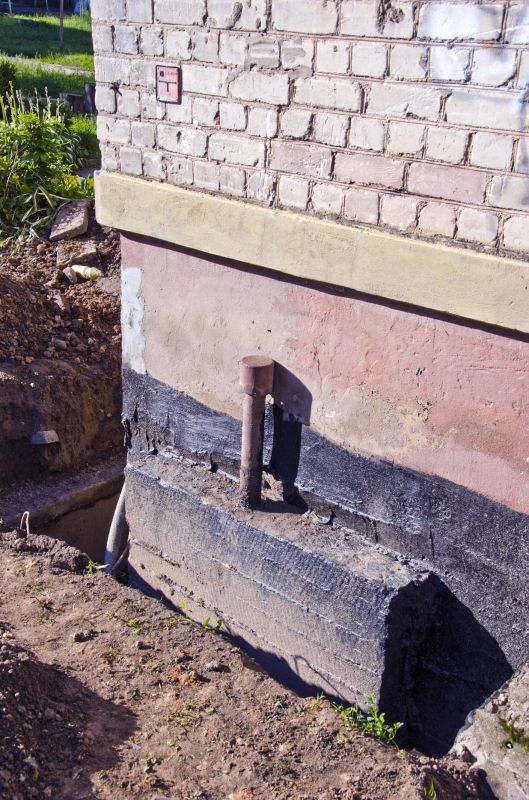
Springtime offers ideal conditions for foundation stabilization and repair work.
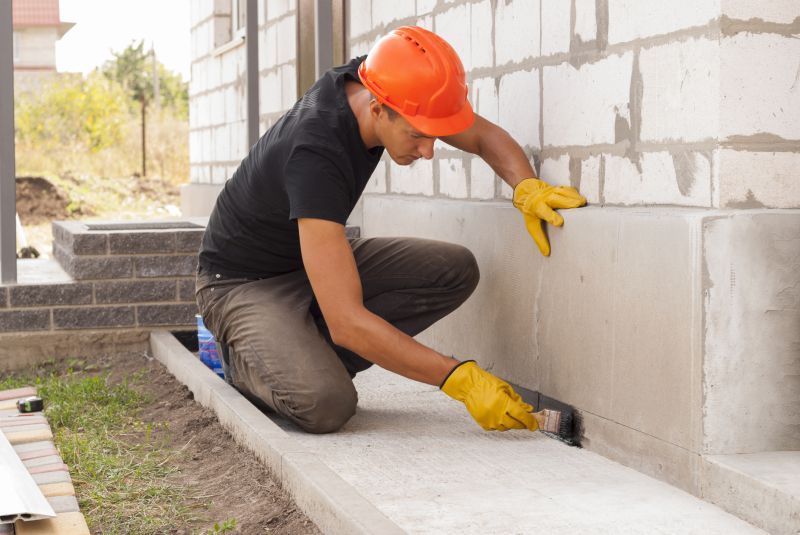
Warm weather aids in curing and setting of repair materials, ensuring longevity.

Cooler temperatures and lower humidity make fall suitable for foundation projects.
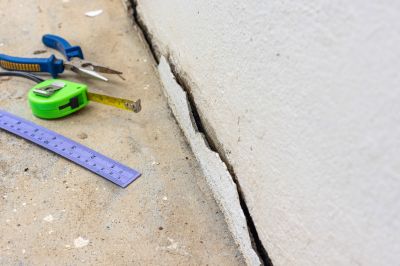
Ways to make Foundation Repairs work in tight or awkward layouts.
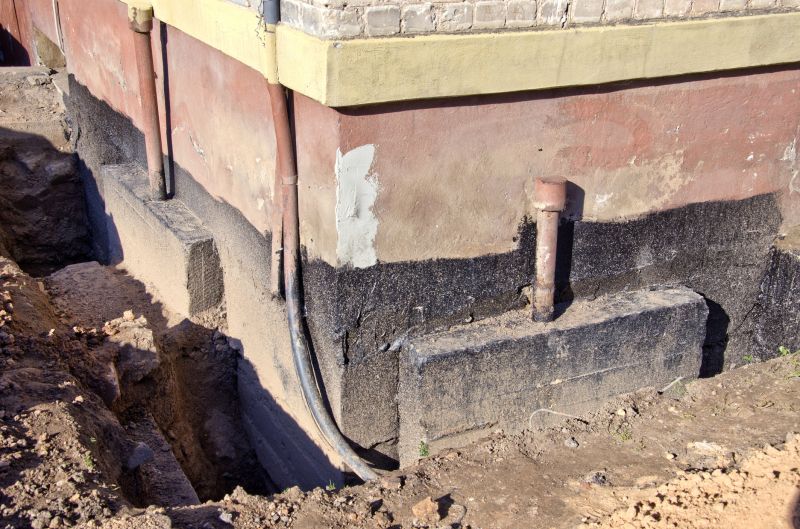
Popular materials for Foundation Repairs and why they hold up over time.
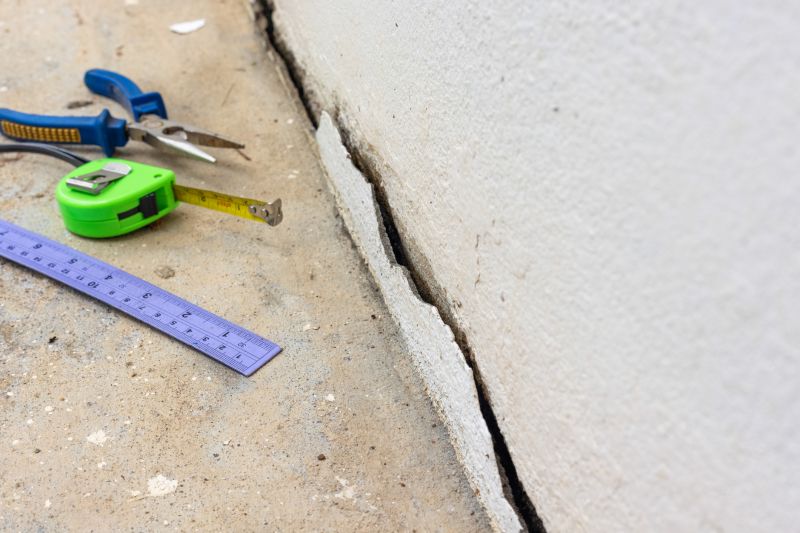
Simple add-ons that improve Foundation Repairs without blowing the budget.

High-end options that actually feel worth it for Foundation Repairs.

Finishes and colors that play nicely with Foundation Repairs.
| Season | Recommended Conditions |
|---|---|
| Spring | Moderate temperatures, consistent moisture, minimal rain |
| Summer | Warmer temperatures, longer daylight, watch for extreme heat |
| Fall | Cooler temperatures, lower humidity, less rain |
| Winter | Freezing temperatures, snow, and ice present challenges |
Foundation repairs are critical for maintaining structural integrity and preventing further damage. Common issues include settling, cracking, and shifting caused by soil movement, moisture fluctuations, and age. Timely repairs can help avoid costly future repairs and preserve property value. According to industry data, addressing foundation problems early can reduce repair costs by up to 50%. Proper planning and execution during favorable weather conditions improve the longevity and effectiveness of repairs.
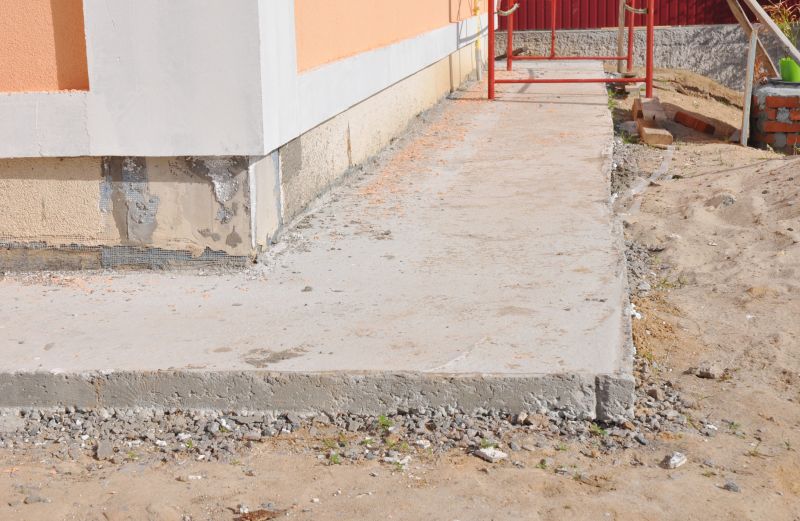
Visual overview of excavation, stabilization, and reinforcement steps.

Methods for sealing and reinforcing foundation cracks.
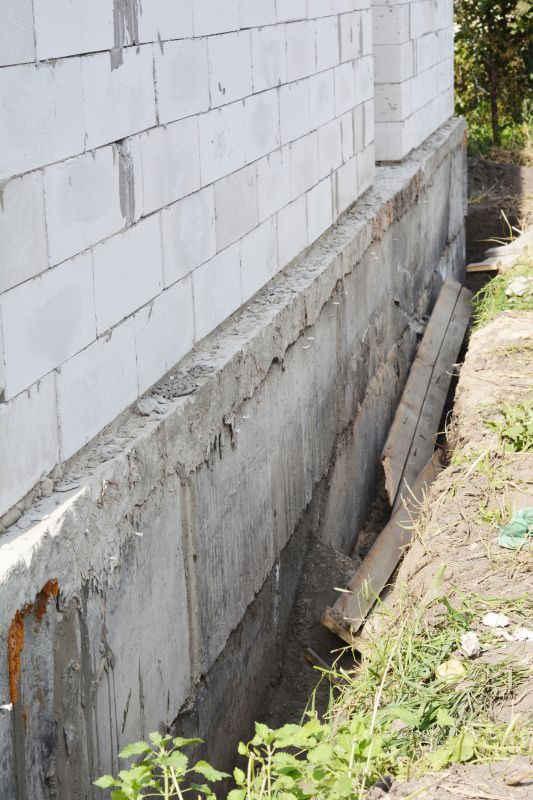
Approaches to improve soil conditions before repairs.
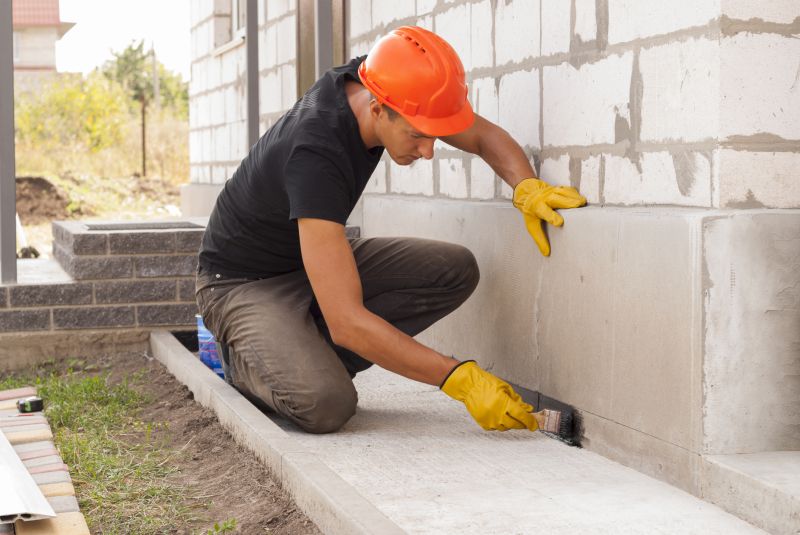
Ensuring durability through regular inspections after repairs.

Little measurements that prevent headaches on Foundation Repairs day.

A 60-second routine that keeps Foundation Repairs looking new.
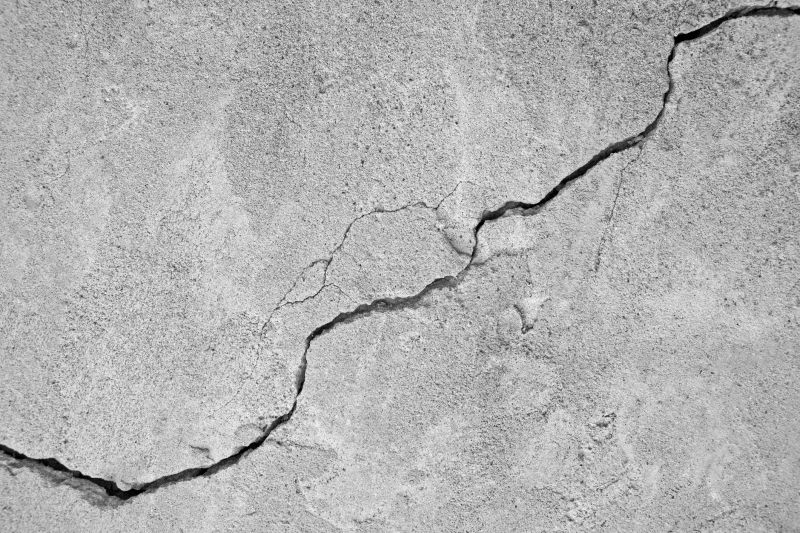
A frequent mistake in Foundation Repairs and how to dodge it.

Small tweaks to make Foundation Repairs safer and easier to use.
Interested in foundation repairs? Filling out the contact form can provide more information and help schedule an assessment. Proper timing and professional intervention are essential for ensuring the stability and safety of a property’s foundation.

